Disclosure: This article contains affiliate links. We may earn a commission from purchases at no extra cost to you, which helps our travel content.
The ancient city of Kulob sits nestled in Tajikistan's southwestern valley like a forgotten culinary treasure chest waiting to be unlocked. As I stood atop the city's historic fortress ruins, watching the afternoon light cast geometric shadows across the patchwork of flat-roofed homes below, I couldn't help but see the parallel between the city's architectural evolution and its gastronomic heritage—both built methodically layer by layer over centuries, both revealing the story of civilizations that have passed through this crucial Silk Road junction.
Navigating Kulob's Culinary Landscape
For the urban planner in me, Kulob's layout reveals itself as a palimpsest of cultural influences—Persian, Sogdian, Soviet, and distinctly Tajik elements creating a fascinating architectural tapestry. But it was the city's food markets that truly captured the essence of this cultural crossroads.
The central bazaar operates much as it has for centuries, with an organizational logic that would fascinate any student of urban spaces. Vendors cluster by food type, creating informal districts within the market: the bread section with its distinctive non (flatbread) variations; the spice quarter with pyramids of vibrant crimson, ochre, and emerald powders; and the dairy section where qurut (dried yogurt balls) are stacked in precarious towers.
I found myself mapping the market mentally, noting how foot traffic patterns formed natural corridors between the most popular stalls. Armed with my trusty insulated food thermos, I collected samples throughout the day—a habit I've developed during my culinary explorations across continents. The vacuum-sealed container proved invaluable for preserving delicate flavors of fermented milk products and keeping tea-infused eggs warm until evening taste-testing sessions back at my guesthouse.
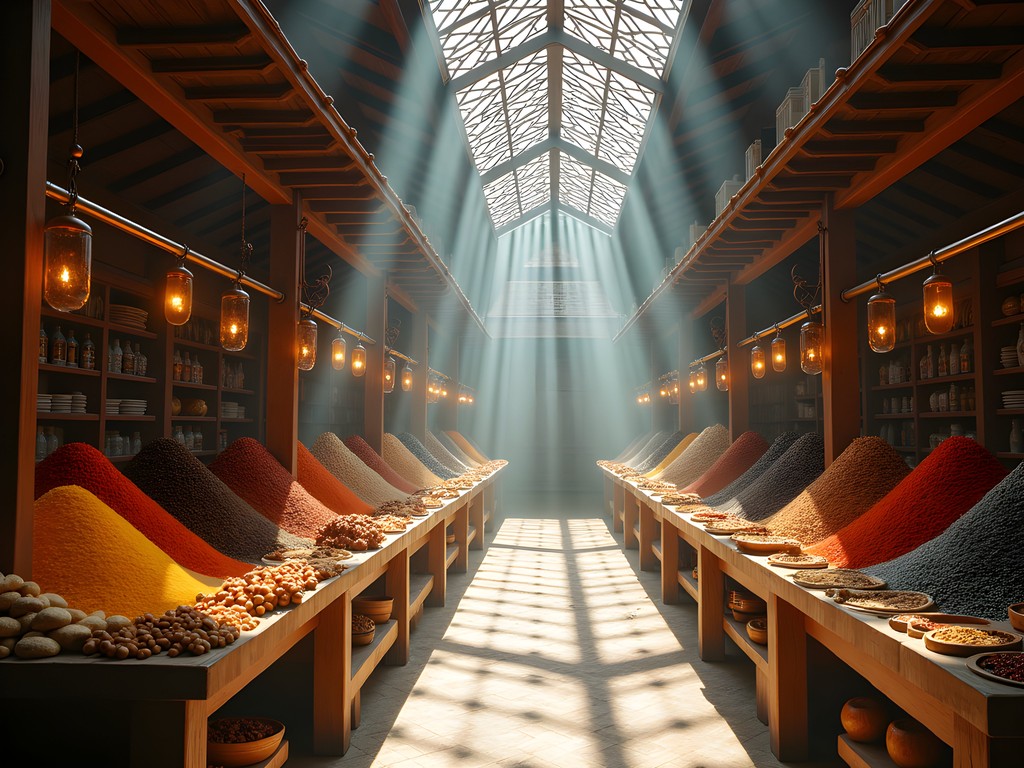
💡 Pro Tips
- Visit the bazaar between 7-9am when locals shop for the freshest ingredients
- Bring small denominations of somoni (local currency) as vendors rarely have change
- Learn the phrase 'man navisam' (I'm taking notes) to explain your interest in food traditions
The Art and Architecture of Qurutob
If Tajik cuisine were a building, qurutob would be its foundation stone. This national dish exemplifies the brilliant pragmatism of nomadic food traditions adapted to settled life. In Kulob, I was fortunate to be invited into the home of Gulnora, a grandmother whose qurutob preparation has been refined across five decades of daily practice.
Her kitchen—a masterclass in functional design—featured a traditional clay tandoor oven built into the corner, its thermal properties perfectly calibrated through generations of small adjustments. The preparation space centered around a large wooden board with a subtle concave depression worn into its center from years of mixing the dish's components.
The architectural precision of qurutob assembly was mesmerizing. First, Gulnora shattered the paper-thin non bread into irregular fragments, creating a textural base layer with natural valleys and peaks. She then dissolved qurut (dried yogurt balls) in hot water, achieving precisely the right consistency through what she called 'hand memory'—that intuitive knowledge that no recipe can capture. The liquid was poured over the bread, allowing it to pool in the natural depressions.
The final construction included strategic placement of fried onions, tomatoes, and herbs, creating a composition as visually striking as it was delicious. I've documented cooking processes worldwide, and my cooking thermometer has become an essential tool for understanding traditional cooking temperatures across cultures. In Gulnora's kitchen, I measured the oil temperature for frying onions—a precise 176°C that contributed to their perfect caramelization.
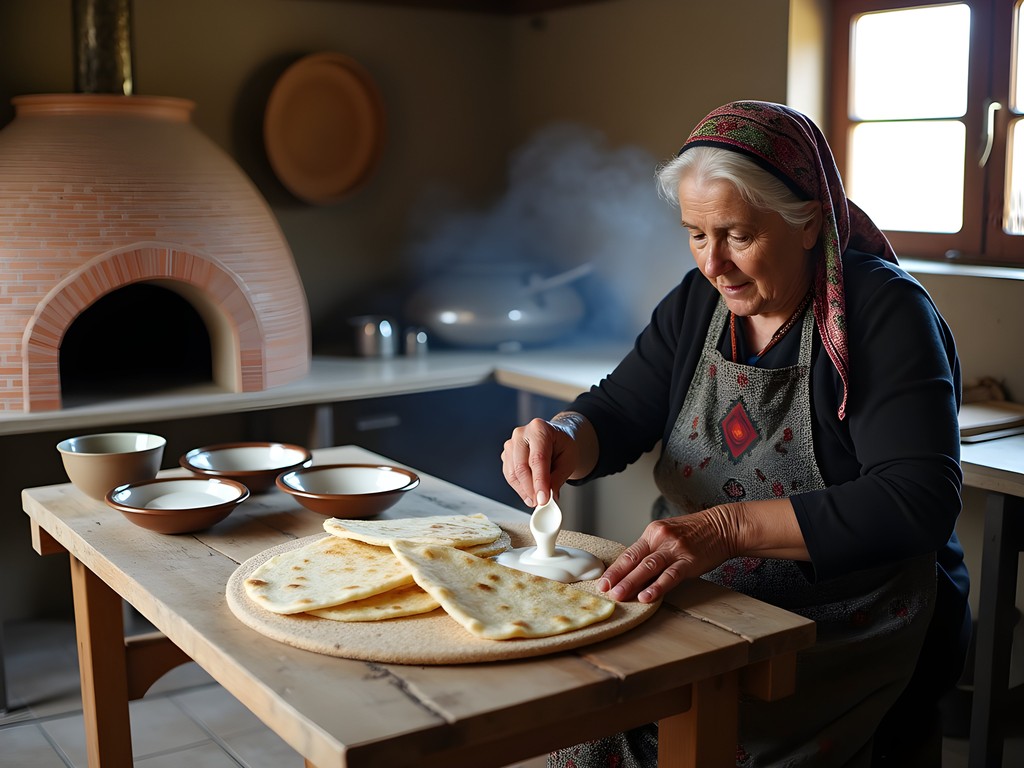
💡 Pro Tips
- When invited to a Tajik home, bringing fruit or sweets is customary and appreciated
- Always remove shoes before entering a traditional Tajik kitchen
- Meals are typically eaten while seated on floor cushions called kurpacha
Vertical Exploration: Foraging in Kulob's Surrounding Mountains
My architectural training has taught me to always consider vertical space—a principle that applies wonderfully to culinary exploration in Tajikistan. While Kulob itself sits at a moderate elevation, the surrounding mountains offer distinct microclimates that produce unique ingredients central to local cuisine.
Arming myself with a local guide named Firuz and my hiking daypack, I embarked on a vertical culinary expedition into the foothills of the Hazrati Shoh range. The pack's compression system proved invaluable as we collected wild herbs, berries, and mushrooms, expanding our harvest throughout the day without becoming unwieldy.
At approximately 2,100 meters, we discovered patches of wild cumin, its distinctive feathery leaves immediately recognizable from my previous botanical studies in Morocco's Atlas Mountains. Higher still, we collected mountain thyme (Thymus seravschanicus) with its intense aromatic properties that far surpass its cultivated cousins.
What fascinated me from an urban planning perspective was how the local communities had developed informal but effective stewardship systems for these wild resources. Firuz explained that families have traditional harvesting areas, and sustainable collection methods are passed down generationally. This system—with no written rules but strong cultural enforcement—represents a sophisticated resource management approach that many modern cities could learn from.
We returned to Kulob with our botanical treasures and visited a local chef who incorporated our foraged ingredients into a spectacular feast of plov (rice pilaf). The wild mountain herbs transformed this common dish into something extraordinary, demonstrating how vertical landscape diversity directly influences culinary complexity.
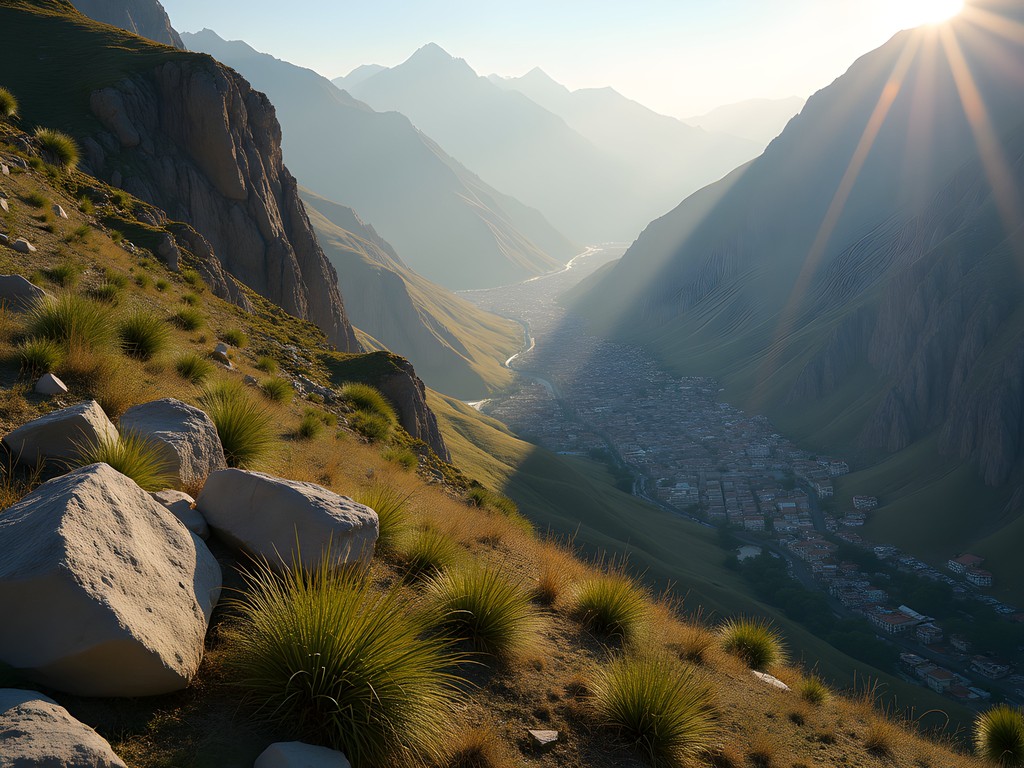
💡 Pro Tips
- Hire a local guide for mountain foraging—they know safe plants and sustainable harvesting practices
- Bring a separate cloth bag for each type of herb or berry you collect
- Always ask permission before photographing locals during foraging activities
The Structural Engineering of Oshi Palav
Every culture has its architectural monuments, and in Tajik cuisine, oshi palav (the local variation of plov) stands as its grandest structure. Like a well-designed building, this dish requires precise engineering: a foundation of perfectly cooked rice supporting layers of carrots, onions, and meat, all infused with a complex spice matrix.
In Kulob, I participated in a community palav preparation for a local wedding—a process that revealed remarkable parallels to architectural project management. The massive kazan (traditional cast-iron cauldron) required careful heat distribution, monitored by the master oshpaz (plov chef) who adjusted the wood fire with the precision of a structural engineer calculating load distribution.
The oshpaz, a man named Rustam with forty years of experience, demonstrated how the layering technique creates what architects would recognize as a self-supporting structure. The rice grains must maintain structural integrity while absorbing flavor—overcook them, and the entire system collapses into mush.
I've documented cooking vessels worldwide, and my kitchen notebook contains detailed sketches of traditional cooking implements from five continents. The Tajik kazan deserved special attention—its hemispherical form with precisely calculated wall thickness ensures optimal heat distribution while its cast iron composition provides thermal mass that maintains temperature stability.
The communal nature of the cooking process reflected principles of good urban planning—specialized roles (fire tenders, ingredient preparers, servers) working in coordinated harmony within a shared space, creating an efficient system that has evolved over centuries to feed large groups with minimal wasted effort.
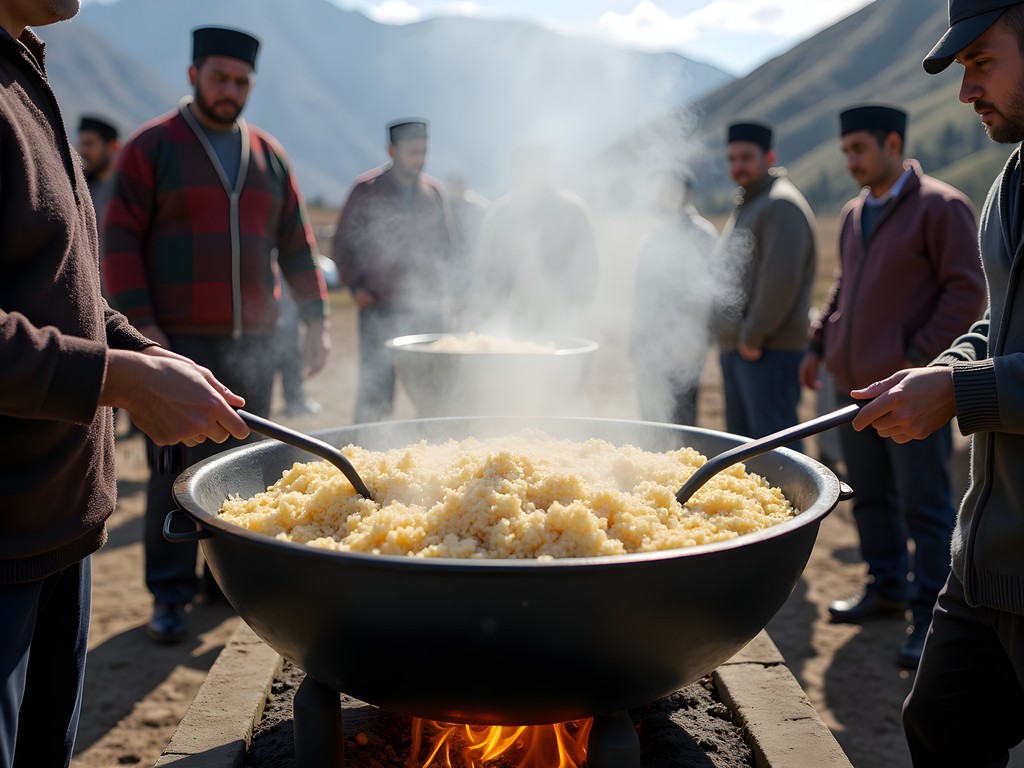
💡 Pro Tips
- When invited to a palav ceremony, offer to help with preparation—it's a great way to learn techniques
- The best oshi palav uses yellow carrots specific to Central Asia—look for them in the market
- Traditionally, men prepare the palav while women prepare accompanying dishes and salads
Structural Integrity: Bread as Cultural Foundation
As both an architect and adventure enthusiast, I've always been fascinated by how cultures create stability—both in their buildings and their food traditions. In Kulob, bread (non) represents this foundation perfectly, with bakeries operating as community anchors much like temples or civic buildings in other societies.
I spent a dawn session with master baker Umed, whose family has operated their tanur (clay oven) bakery for six generations. The tanur itself is an architectural marvel—a vertical clay cylinder with internal temperature gradients that create different cooking zones. Watching Umed slap the flattened dough against the interior wall with lightning precision was like witnessing a master mason placing stones exactly where structural integrity demands.
The bread's design elements aren't merely decorative—the pattern of perforations controls moisture release during baking, preventing structural failure through steam buildup. The raised center creates natural reinforcement, like a dome in classical architecture distributing forces outward.
For documenting these intricate patterns, my pocket light meter proved invaluable in the low light conditions of the traditional bakery. The precise exposure measurements allowed me to capture the subtle textures and patterns that make each baker's bread distinctive, almost like architectural fingerprints.
What struck me most was how bread transcends mere sustenance in Tajik culture—it embodies respect, community, and continuity. No meal begins without it, no guest leaves without receiving it, and no piece is ever wasted. When a piece falls to the ground, locals immediately pick it up and kiss it before placing it somewhere elevated. In my decades of studying how societies construct meaning through built environments, I've rarely seen a more perfect example of how a food item can become the structural support for an entire cultural system.

💡 Pro Tips
- Visit bakeries between 4-6am to see the full bread-making process and get the freshest non
- Never place bread upside down on the table—it's considered disrespectful
- Look for non with a distinct pattern of perforations—each baker has their signature design
Final Thoughts
As my week in Kulob drew to a close, I found myself sitting atop the ancient citadel once more, this time sharing a simple meal of non, cheese, and mountain tea with newfound friends. The symmetry wasn't lost on me—my journey had come full circle, but with a transformed understanding of how this remote Tajik city's culinary landscape reflects its architectural and cultural evolution.
What began as a professional curiosity about traditional food systems became a profound appreciation for how Kulob's cuisine embodies resilience and adaptation—qualities I've sought in my own journey from Bangalore's engineered precision to Australia's adventurous landscapes, and now to this ancient Silk Road outpost.
For couples seeking to explore beyond mainstream destinations, Kulob offers something increasingly rare: an authentic culinary tradition that hasn't been repackaged for tourism. The food here isn't presented on carefully arranged plates for Instagram—it's served on communal platters that demand you engage not just with the flavors, but with the people who create them.
As an architect, I came seeking structures; as an adventurer, I came seeking experiences. In Kulob's kitchens, I found both—and a reminder that sometimes the most profound discoveries are made not by scaling peaks, but by breaking bread with those who call them home.
✨ Key Takeaways
- Kulob's cuisine reflects its position as a historical crossroads, with Persian, Sogdian, and Central Asian influences creating a unique culinary identity
- Traditional food preparation techniques mirror architectural principles of structure, function, and cultural expression
- Foraging in surrounding mountains adds vertical dimension to Kulob's cuisine, with elevation changes creating distinct ingredient zones
- Community cooking traditions demonstrate sophisticated social organization and resource management systems worth preserving
📋 Practical Information
Best Time to Visit
June to September
Budget Estimate
$30-50 USD per day
Recommended Duration
5-7 days
Difficulty Level
Challenging
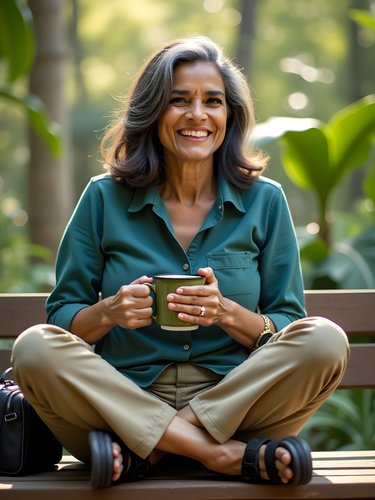
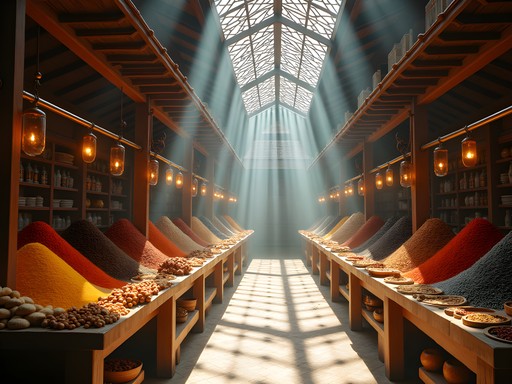
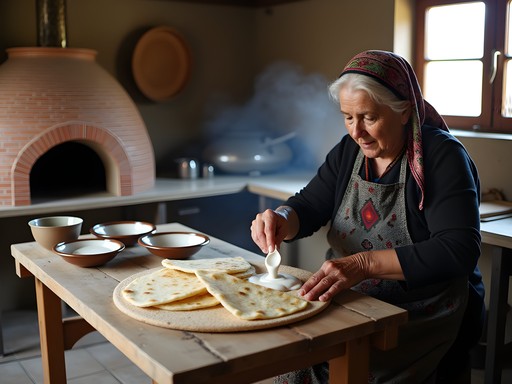
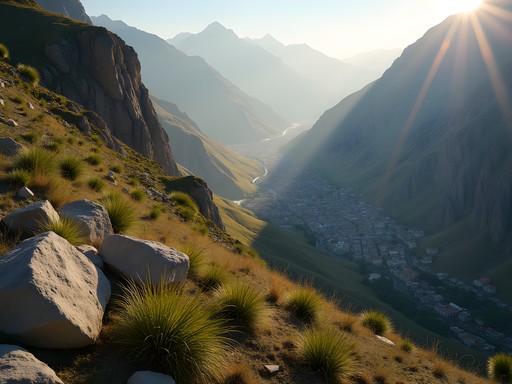




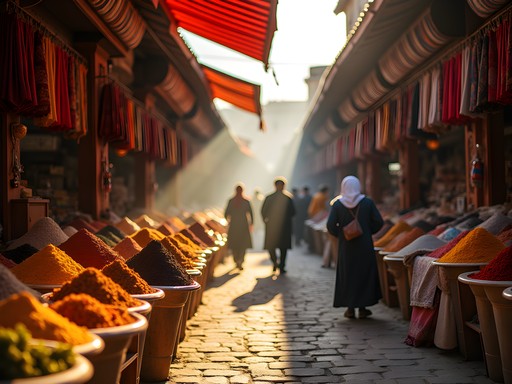







Comments
sunnyseeker
Just beautiful! We visited Tajikistan last year but missed Kulob - big mistake from the looks of it! That bread looks absolutely perfect. Did you get to try the local honey? It was incredible when we visited other regions.
winterphotographer
That Oshi Palav looks incredible! Is it very different from other Central Asian plov dishes?
Ariana Evans
Yes! The Kulobi version uses more yellow carrots and has a distinctive layering technique. They also add whole garlic heads and quail eggs in some variations I tried. Much more aromatic than versions I've had in Uzbekistan.
Gregory Boyd
Brilliant piece on Kulob's food culture, Ariana. I spent three weeks in Tajikistan last year and the culinary traditions were a highlight. The mountain foraging section of your post particularly resonated - I joined a local family gathering herbs in the hills above Khujand, and it completely changed how I viewed Tajik cuisine. The connection between landscape and plate is profound there. For anyone planning to visit, I'd recommend bringing a good phrasebook as English isn't widely spoken outside major hotels. My pocket translator was invaluable for food markets where pointing and smiling only gets you so far!
sunnyseeker
Gregory - did you find it easy to join locals for foraging? Or did you need special connections? Hoping to do something similar!
Gregory Boyd
It was through a homestay arrangement - my host's cousin was heading up that day and invited me along. Most homestay hosts are happy to connect you with these kinds of authentic experiences if you express interest!
cooladventurer
Those fortress views look amazing! Food + history = perfect combo!
Frank Garcia
Your description of Qurutob took me straight back to my time in Dushanbe! I've never made it to Kulob though, and it sounds like their version has some unique local twists. The way you described the layering technique as architecture is spot on - I always think of it as edible engineering. Did you notice regional differences in how they prepare it compared to the capital? I found that even between neighborhoods in Dushanbe, families had their own special approaches to the dish.
mountainblogger
What's the best time of year to visit Kulob for food experiences? Planning a Central Asia trip and this post has me hungry!
Ariana Evans
Late spring (May-June) or early autumn (September) are perfect! The produce is at its peak, and the weather is ideal for both city exploration and mountain foraging trips.
mountainblogger
Thanks Ariana! Adding September to my itinerary then!
luckybuddy
Just got back from Tajikistan last month and your article is bringing back all the flavors! The mountain foraging section resonated so much - our guide took us up into the hills to collect wild mint and a type of mountain cumin. The locals were so generous with sharing their cooking techniques. One elderly woman spent an entire afternoon showing me how they make their non bread in those clay tandoor ovens. The bread in Kulob has this amazing pattern from how they press it against the oven walls. Did anyone else notice how the non varies from region to region across Tajikistan?
moonwanderer
Yes! In the Pamir region their non is much denser and has these beautiful stamped patterns. Perfect for dipping in mountain honey!
wintertime
Those mountain herb photos are gorgeous! What camera do you use?
happyfan
Planning to visit Tajikistan this summer. Is Kulob easy to reach from Dushanbe? Any recommendations on where to find the best Qurutob?
Douglas Bradley
It's about a 3-hour drive from Dushanbe. Shared taxis leave from the southern bus station regularly. For the best Qurutob, try the small family restaurant near the central bazaar - it doesn't have a formal name but locals call it 'Nazokat's place'. Just ask anyone and they'll point you there!
happyfan
Thanks so much! Noted about Nazokat's place - can't wait to try it!
coffeelegend
I visited Tajikistan last summer and completely fell in love with qurutob! Your description of it as 'architectural' is perfect - all those layers and textures! Did you get a chance to try oshi palav at a wedding? That's when they really go all out with the presentation. Also, the bread from that region is INCREDIBLE. I still dream about that crusty non with the beautiful patterns from the tandoor.
Venture X
Premium card with 2X miles, $300 travel credit, Priority Pass